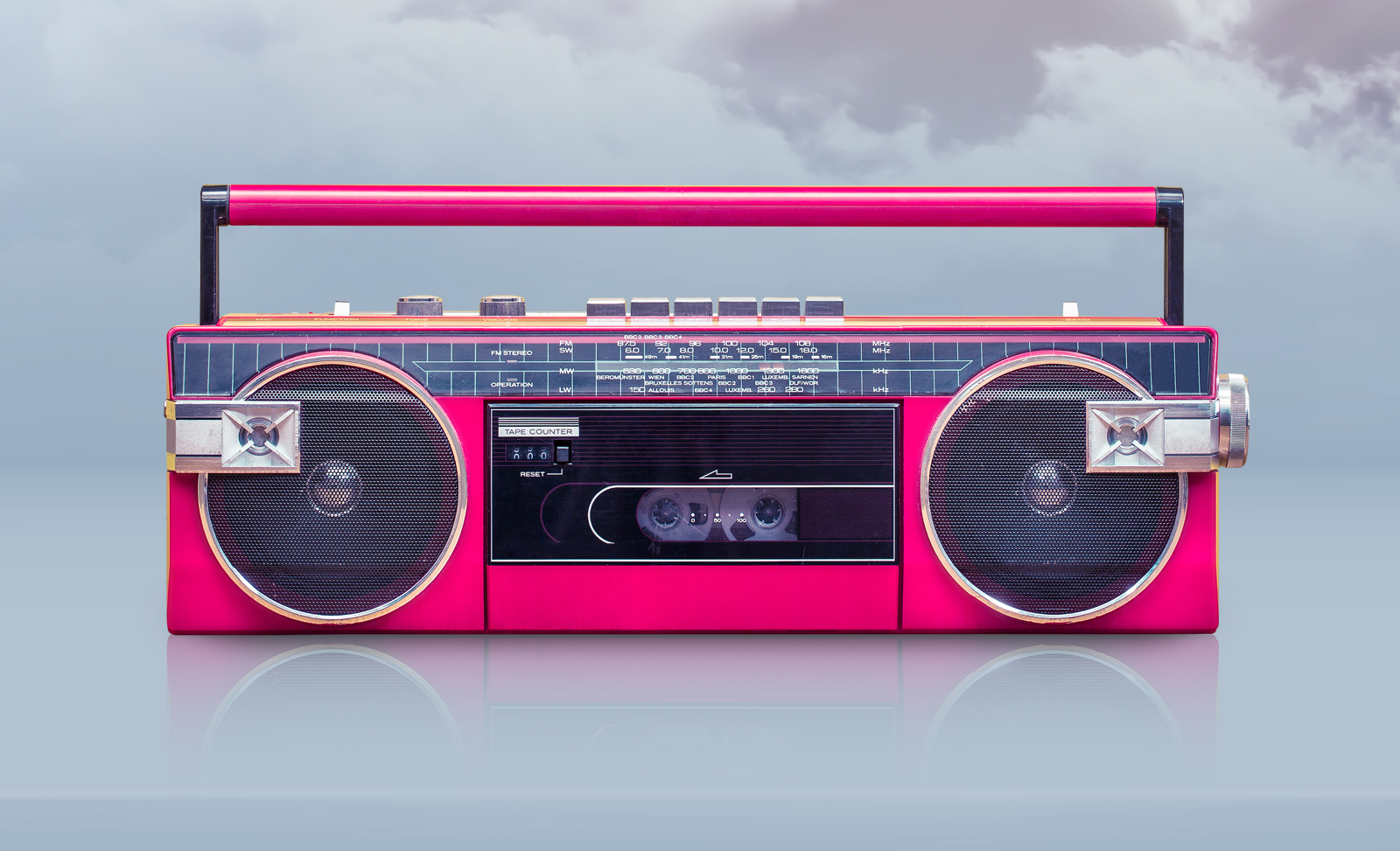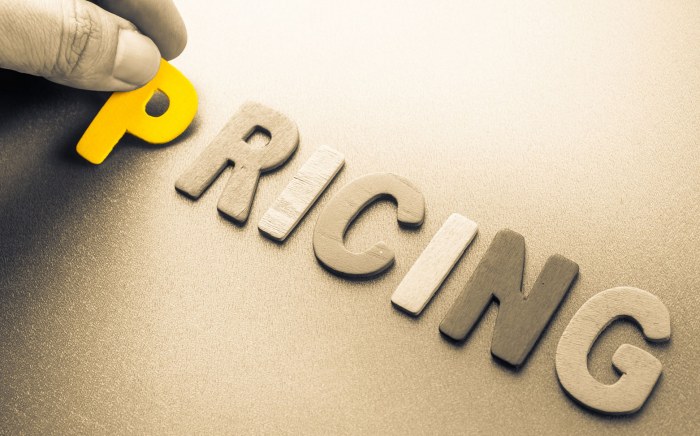In a world that seems to be evolving at lighting speed, to submerge yourself in nostalgia is like wrapping yourself in a comfortable blanket of “the good ol’days”, when life was simple and one didn’t care how many Instagram followers you had.
Research shows that nostalgia gives our lives a sense of continuity and meaning. As we age, we all develop fond memories of our younger days, from the food we ate to the games we played, and even the music we listened to. After all, our experiences of the past are what help to form our personalities, and identities in the present.
When it comes to finding a nostalgia marketing definition, the easiest way to explain the concept is to look at it as a way of aligning advertising campaigns, with things that provoke emotional responses from the past. We already know that emotional marketing has power, convincing customers to act, and advocate on the behalf of their favourite brands. However, tapping into strong memories can be one of the most powerful ways to kindle emotion – even more so if you’re targeting a millennial audience.
Six years ago, a Google startup launched a mobile game called Ingress. Grasping on ground-breaking technology such as GPS location play and augmented reality, it captivated users with immersive gaming experience. By 2014, it peaked at 7 million users. Whilst this was impressive, another game – based off Ingress and its underlying technologies – was soon to achieve numbers that eclipsed those.
That game’s launch in 2016 saw a remarkably strange phenomenon descend over citizens young and old alike. Everywhere, they began hunting. In Taiwan, a man rigged his bicycle with 11 smartphones – all with the game running in a united effort to do one thing: catch ‘em all. In the US, teenagers with their eyes glued to their screens walked into furniture or even oncoming traffic. Several governments – increasingly aware of the game’s popularity and its ability to command undivided attention – were forced to issue safety warnings.
Same technology, similar styles of play. So, what made Pokémon Go, which has over 800 million downloads and bumped Nintendo’s share price by 86 per cent in its first week, do so much better than Ingress?
As of July 2016, 46 per cent of people who downloaded Pokémon Go in the US were between the ages of 18 and 29 years, according to data compiled by SurveyMonkey Intelligence. These young adults had spent countless lazy afternoons in front of their television set during the 90s, fantasising about one day

becoming a Pokémon master. And now, with one download, they could live out their childhood dream. Better yet – in their fellow players, they found a common identity stemming from a shared history.
Psychologist Clay Routledge, who has been studying the effects of nostalgia for over 10 years, told TIME magazine that Pokémon Go is “the perfect marriage” of nostalgia and new, exciting technology.
In today’s highly competitive marketplace, nostalgia in advertising can allow both new, and old brands to connect with their audience on a powerful emotional level. Already, some of the most significant companies in the world have begun to show us just how useful this tactic can be.
Coca-Cola: The Chase is channelling classic 70s police dramas to launch its new Orange Vanilla Coke flavour. Taking a leaf out of the likes of iconic cop dramas such as Starsky & Hutch and The Streets Of San Francisco, Coca-Cola in the US is promoting the new flavour in a spot that features a Coke delivery van, a pick-up full of oranges, an ice-cream truck and a decidedly epic chase scene.
Apple turned to the Cookie Monster for help creating an ad that appealed to the nostalgic side of their audience, while portraying a more fun and accessible side to their brand. The ad is called Timer and starts with the Cookie Monster asking Siri to set a timer. As the world’s most famous binge eater struggles to wait for his cookies to bake, he turns to Siri to help him fill in his time.
In 2016, everyone’s favourite music streaming service, Spotify, delivered a new spokesperson to the marketplace in the form of Falkor and Atreyu from the hit movie “The NeverEnding Story”. To make the nostalgia marketing campaign even more impressive, the company behind the advertisement got the original actors for both characters to reprise their roles.
Whether it’s Pokémon fever, a furry, wingless dragon or a Nintendo Classic Mini, the trends emerging over the last couple of years have highlighted the value of nostalgia marketing. No matter whether you’re a teenager daydreaming about the cartoons of your youth, or a middle-aged exec fantasising about simpler days, nostalgia has something special to offer and that’s what makes it such a powerful marketing strategy.





